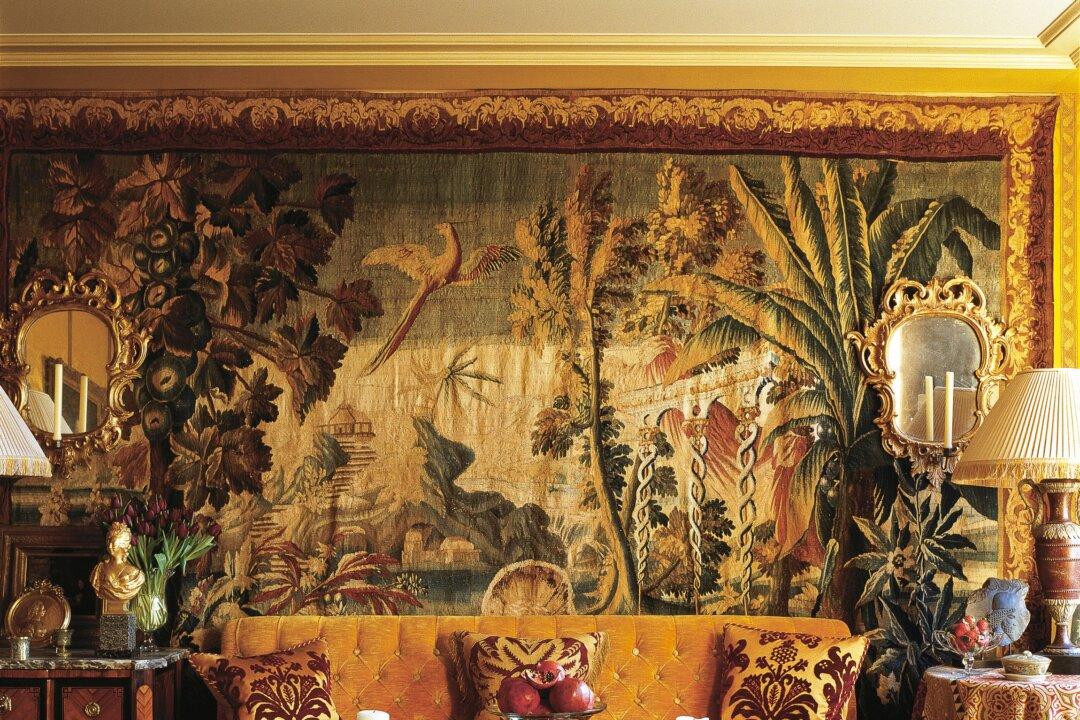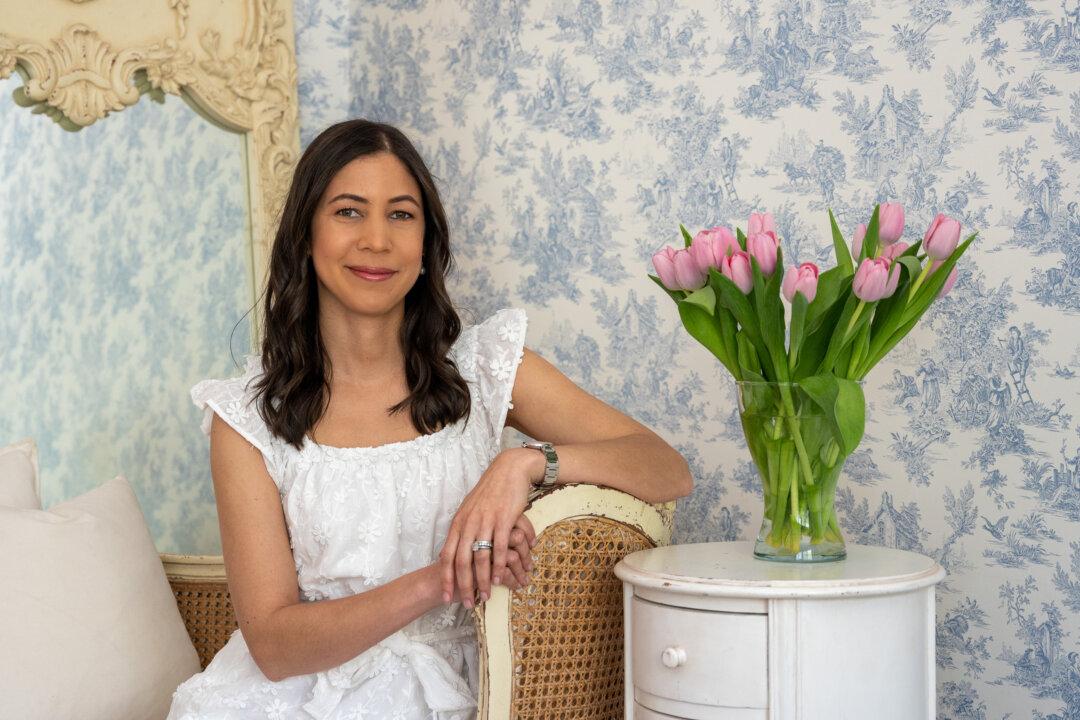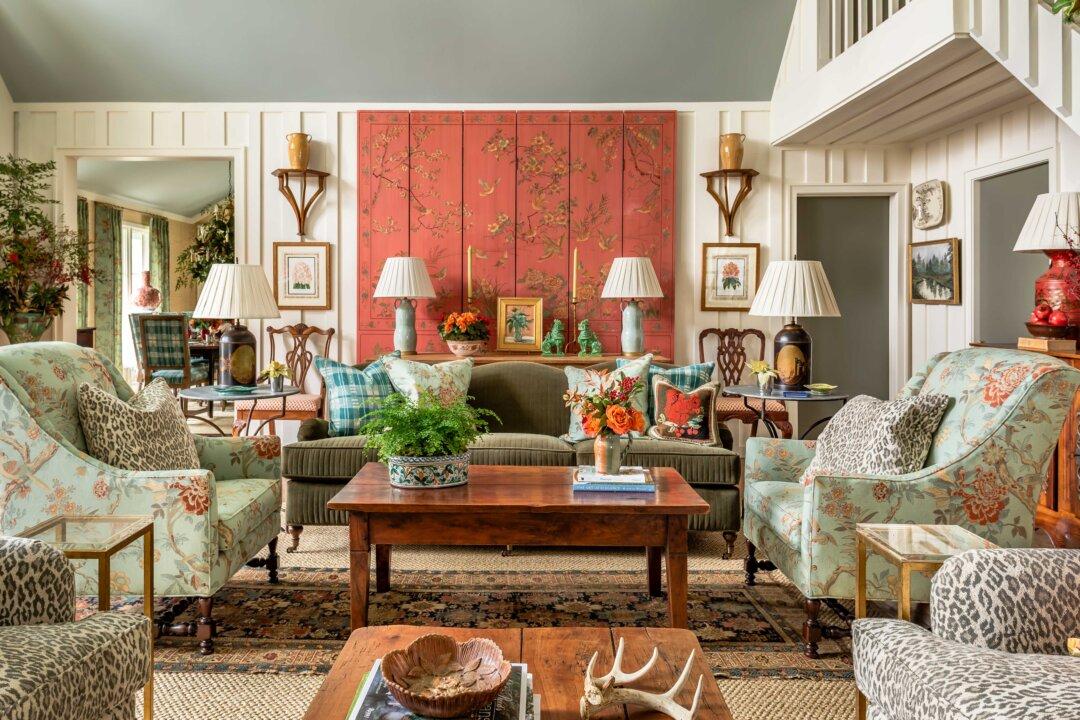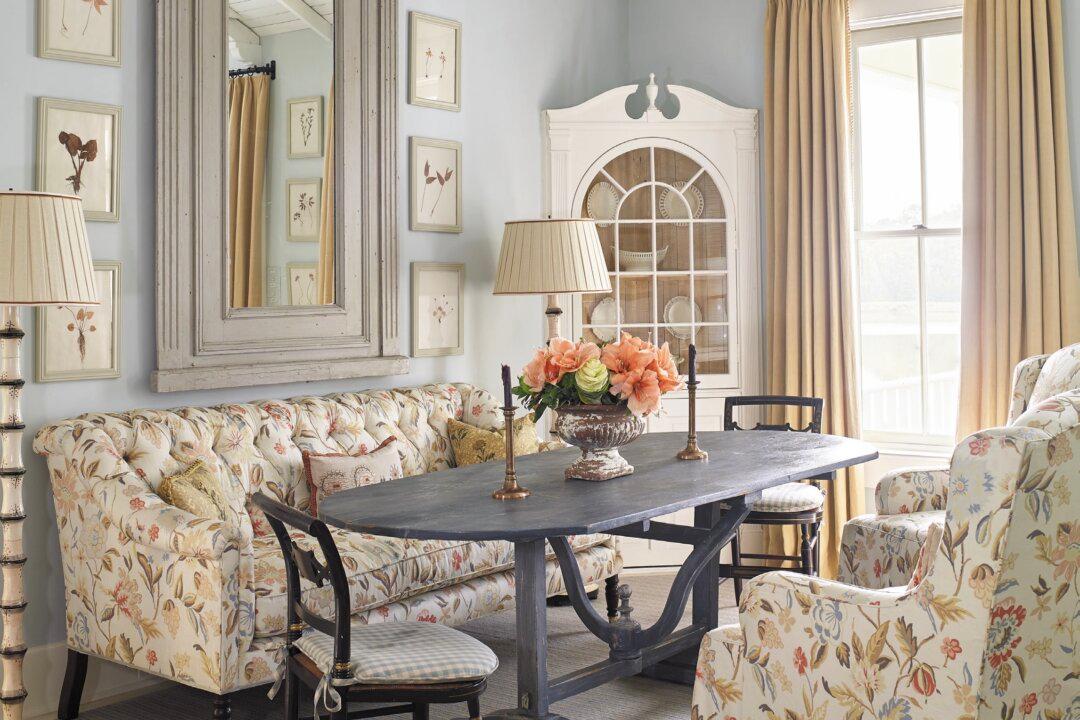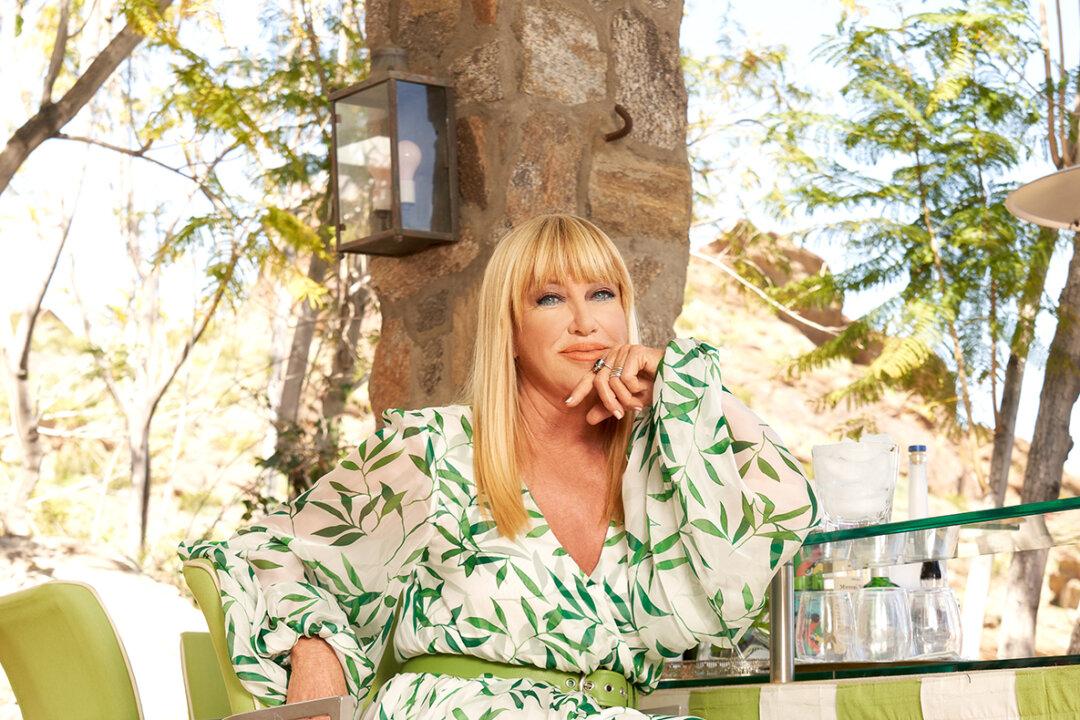Known internationally by a single name, Alidad is one of the world’s most beloved and recognized home designers. Palaces and mansions around the world, and even historic stately homes in the UK have been breathtakingly brought to life or restored by his careful hand.
Raised in Iran, Alidad is now based in Mayfair, London, and has been recognized in Architectural Digest’s AD100, Elle Décor’s A-List, House and Garden’s Top 100 Interior Designers, and Country Life’s Top 100 Designers. He got his start at Sotheby’s auction house, where he studied art and design and was eventually chosen as the youngest department director in the company’s history. He oversaw the sales of antique Islamic art and textiles until his undeniable love of the fabrics themselves took over and propelled him to become an interior designer.

